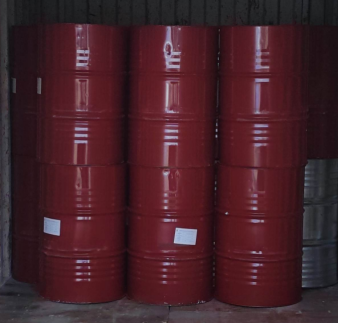Highway Fence Guardrail Roll Forming Machine A Comprehensive Overview
In the ever-evolving landscape of modern infrastructure, the need for safety and security on our roadways has never been more pressing. One of the critical components in achieving this is the highway fence guardrail, which serves to protect vehicles and pedestrians by preventing accidents and controlling traffic flow. At the heart of this essential safety feature lies an intriguing piece of machinery known as the highway fence guardrail roll forming machine.
What is a Highway Fence Guardrail Roll Forming Machine?
A highway fence guardrail roll forming machine is industrial equipment designed to produce guardrails used alongside highways. This machine takes flat strips of metal, commonly made of steel, and transforms them into specific profiles that meet regulatory standards for strength, durability, and safety. The roll forming process involves feeding metal sheets through a series of rollers configured in a specific way to gradually shape the metal into the desired profile.
The Roll Forming Process
The roll forming process begins with the selection of the raw material, typically a high-strength steel that can withstand the impact of collisions. The flat metal strip is fed into the machine, where it passes through a series of rollers that reshape it. Each set of rollers has a specific purpose, incrementally bending the metal until it assumes the final guardrail profile.
The technology used in these machines can range from simple manual setups to advanced automated systems equipped with computer numerical control (CNC) that enhances precision and efficiency. As the metal moves through the rollers, it is also cut to length, ensuring that each section of the guardrail is standardized and ready for installation.
Advantages of Using a Roll Forming Machine
1. Efficiency One of the primary advantages of using a highway fence guardrail roll forming machine is the speed and efficiency of production. These machines can produce guarded lengths at a remarkable rate, significantly reducing labor costs and production time.
2. Precision The ability to produce uniform guardrails that adhere to strict industry standards is critical. Advanced machines minimize human error, ensuring that every piece meets required specifications in terms of size, shape, and strength.

3. Material Utilization Roll forming is a process that maximizes material efficiency. It produces minimal waste compared to other manufacturing processes, making it a more sustainable option.
4. Versatility These machines can be configured to produce various profiles and sizes of guardrails, allowing manufacturers to cater to different market needs and regulatory requirements.
Applications of Guardrails
Highway guardrails are not just about safety; they also play a significant role in guiding traffic. Their installation can be seen along highways, bridges, tunnels, and even in urban environments. Different regions may require various types of guardrails based on traffic patterns, speed limits, and environmental conditions.
Additionally, the materials and designs of guardrails can vary widely, from simple steel barriers to more sophisticated models that absorb energy during collisions. The versatility of the roll forming process allows manufacturers to produce these various designs efficiently.
Future Trends in Roll Forming Technology
As technology advances, the future of highway fence guardrail roll forming machines looks promising. Innovations in automation and artificial intelligence (AI) are set to enhance the efficiency and capabilities of these machines. Real-time monitoring and predictive maintenance technologies may become standard features, further improving productivity and reducing downtime.
Moreover, sustainable practices will likely influence the industry, including the use of recycled materials and energy-efficient processes. As environmental concerns continue to grow, the manufacturing of guardrails will need to adapt to support greener practices.
Conclusion
The highway fence guardrail roll forming machine plays a crucial role in ensuring the safety and integrity of our roadways. As infrastructure demands continue to rise globally, understanding the importance of this machine and the processes involved in producing guardrails will be essential for manufacturers, regulators, and the public alike. By investing in advanced technology and sustainable practices, the industry can continue to enhance road safety and efficiency while meeting the challenges of the future.